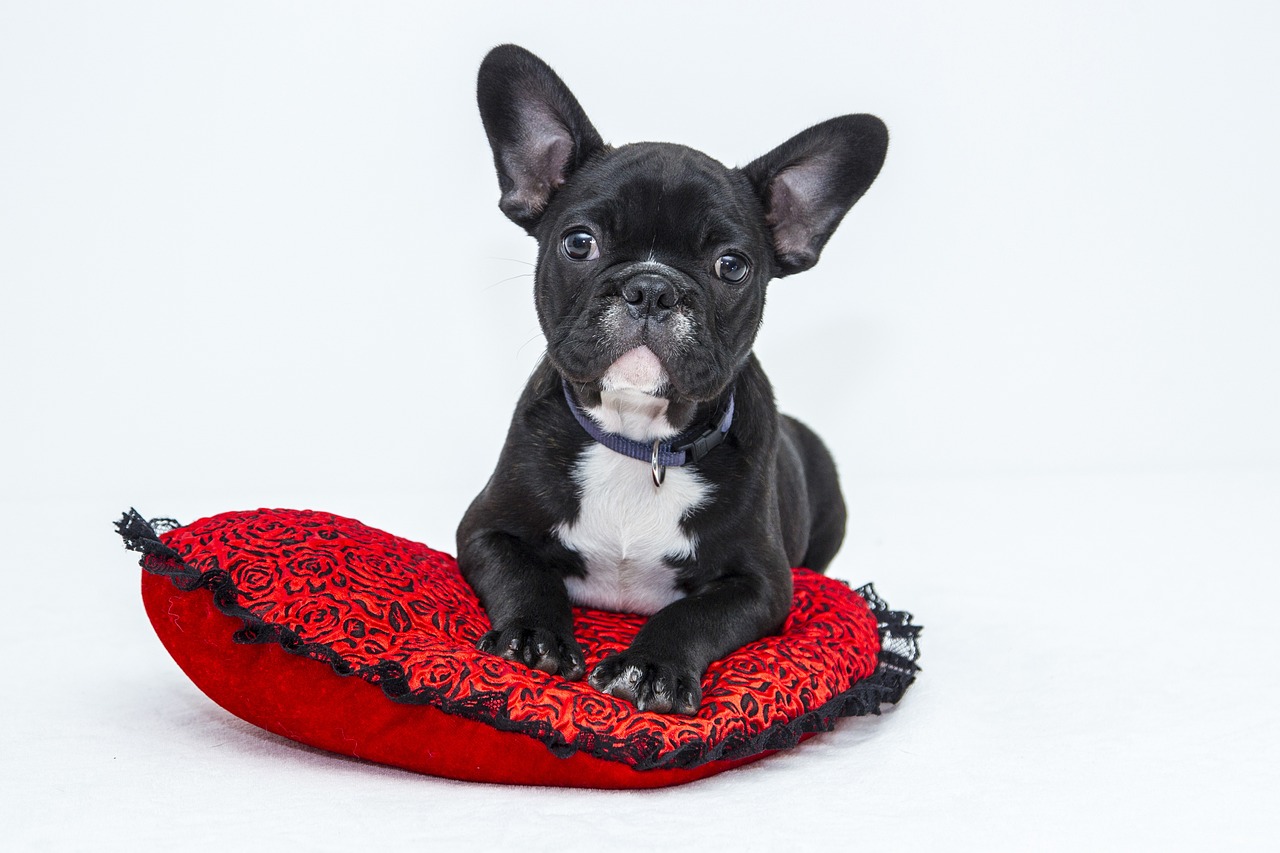Babying your dog by being overly involved in all aspects of its life might seem like a way to show love and care. However, giving your dog some independence can actually benefit its behavior and training. Regardless of how much you love your dog and want them to learn, constant supervision and intervention don’t give them the tools they need to navigate the world healthily on their own.
Benefits – and Detriments – of Babying Your Dog
In a 21st-century home, dogs cannot care for themselves, but that doesn’t mean they need 24/7 supervision and handholding to make it through the day. You shouldn’t neglect your duties or try to make your dog completely independent in the home, but there may be benefits to letting them explore the world without constant intervention. Some of the benefits of pulling back include:
Improved Independence: When dogs are encouraged to think independently, they become more self-sufficient, which can reduce anxiety when they are left alone. They won’t ever be able to feed themselves or take themselves on long walks, but they can feel more secure within their own space and reduce their reliance on you. Even if you have a close relationship with your pet, there will be certain times when you must separate, and an independent mind will help them thrive in this period.
Enhanced Mental Stimulation: Independent activities challenge dogs mentally, keeping them engaged and reducing boredom. Mental stimulation is key to preventing destructive behaviors that arise from a lack of engagement. Your dog shouldn’t be 100% reliant on you for fun, or they will suffer when you cannot provide the necessary attention.
Better Social Skills: Dogs given space to explore and interact on their own tend to be more confident and well-adjusted in social settings. This independence helps develop healthy interactions with other dogs and people, making social outings and encounters more enjoyable for the dog and the owner.
As for the detriments of babying your dog, look at the inverse of these benefits. If you are too involved in every aspect of their life, you can expect your dog to struggle when left alone, quickly become bored without you, and become hostile or aggressive in social situations where they cannot latch onto you. Simply put, without giving your dog room to grow into their unique self, you are setting them up for failure whenever you cannot dedicate your time to them, whether due to illness, vacation, or a busy schedule.
Implementing Fun Training and Methods
There are several effective ways to encourage your dog to be more independent while also making training fun and engaging. The goal is to make your dog less reliant on constant attention while encouraging them to explore, learn, and become the best dog they can be. Some methods to consider include:
Using Treat-Dispensing Toys: Treat-dispensing toys are excellent tools for encouraging independent problem-solving. Your dog must figure out how to release the treats on its own, stimulating its mind and keeping it engaged for extended periods. Through these toys, your dog can learn that their hard work and effort can lead to a reward, and they don’t have to always run to you for validation.
Interactive Play Sessions: Any game that encourages your dog to think and engage in its surroundings can be a boon to its independence and well-being. Games like hide-and-seek, where you hide treats or toys around the house or outside your home and let your dog sniff them out, encourage dogs to use their senses and unique skills without always looking back to you for support. You can also create homemade obstacle courses or take them to dedicated facilities to widen their exercise experience beyond simple walks, runs, and games of fetch.
Encouraging Exploration: Allowing your dog to explore their environment independently is arguably the best way to set them up for long-term success. Whenever they have access to new sights, sounds, smells, and textures, they learn more and more about the world around them. You can either introduce them to new experiences in the home or bring them to new places on walks and excursions. To put it simply, the best way to introduce something to your dog to encourage independence is by letting them approach it themselves, as opposed to you bringing it to them. However, even if you allow them to explore at their own pace, ensure you still supervise them.
We want to end by emphasizing that while promoting independence and problem-solving should be every dog owner’s goal, dogs still rely on their humans for a lot. Training that broadens dogs’ horizons should also be paired with standard training to build obedience and trust. If you need assistance with any part of your dog’s training journey, contact us at Gulf Coast K9 Dog Training in Bradenton to learn how we can help.





